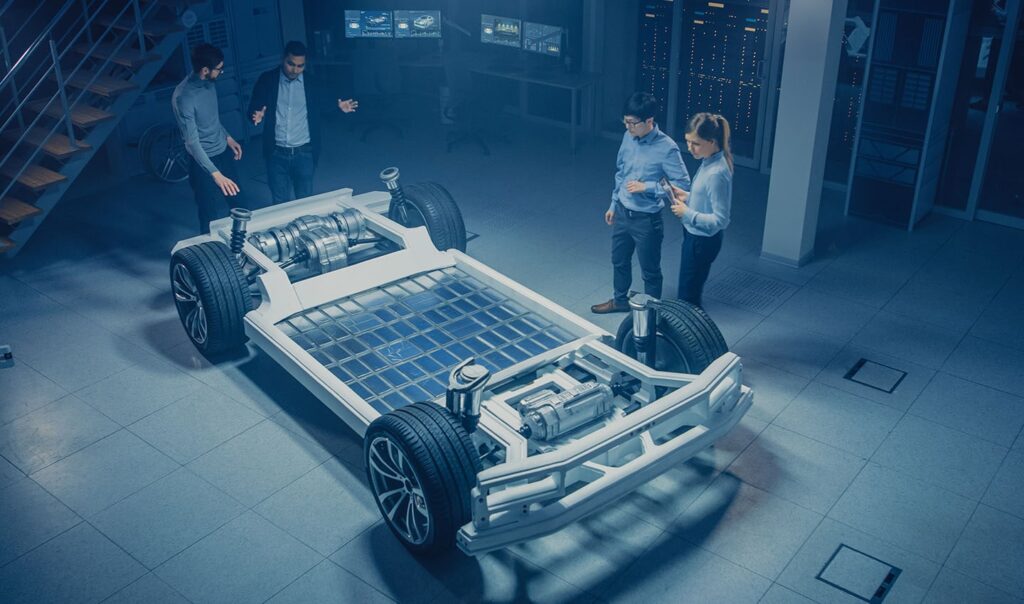The Electric Vehicle (EV) industry holds the promise of revolutionizing transportation, reducing emissions, and ushering in a sustainable future. However, despite significant advancements, the sector faces several challenges that have hindered its widespread adoption.
In this article, we’ll explore the 10 Reasons the EV Industry is Struggling Today.
High Initial Costs:
One of the primary barriers to EV adoption is the higher upfront cost compared to traditional internal combustion engine (ICE) vehicles. While the long-term operational costs of EVs are lower due to lower maintenance and electricity costs, the initial investment can be a deterrent for many consumers.
Limited Charging Infrastructure:
EV charging infrastructure remains a critical bottleneck. Many potential buyers worry about the availability and accessibility of charging stations, especially in regions with lower population density. This concern, known as “range anxiety,” can dissuade consumers from making the switch to electric vehicles.
Range Limitations:
Although strides have been made in extending the range of EVs, some models still face limitations compared to their gasoline-powered counterparts. While most modern EVs can comfortably cover daily commuting needs, longer trips can require careful planning and multiple charging stops.

Battery Technology Challenges:
Battery technology is at the heart of electric vehicle development, and while there have been impressive strides in recent years, there’s still work to be done. Factors like energy density, charging speed, and cost are key areas of focus for researchers and manufacturers.
Supply Chain Disruptions:
Global supply chain disruptions, as witnessed in recent times, have impacted various industries, and the EV sector is no exception. Delays in the production and delivery of key components, especially semiconductors, have hindered the production of electric vehicles.
Regulatory Uncertainty:
Regulations play a pivotal role in shaping the trajectory of the EV industry. Uncertainty about future policies, such as tax incentives, emissions standards, and infrastructure investments, can create hesitancy for both consumers and manufacturers.
Lack of Consumer Awareness:
Despite growing interest in sustainable transportation, many consumers are still not fully informed about the benefits and options available in the EV market. Educating the public about the advantages of electric vehicles is crucial for their wider adoption.
Technological Learning Curve:
EV technology is rapidly evolving, and staying up-to-date with the latest advancements can be a challenge for consumers. Understanding aspects like different charging standards, battery types, and vehicle features can be overwhelming for those new to the EV landscape.

Perceived Performance Gap:
While modern EVs offer impressive acceleration and performance, some consumers still have reservations about their capability, particularly in terms of long-distance travel or towing heavy loads. Dispelling these misconceptions through accurate information is vital.
Infrastructure for Apartment Dwellers and Renters:
A significant portion of the population, particularly those living in urban areas, face challenges in setting up personal charging infrastructure. This includes renters and apartment dwellers who may not have the option to install charging stations, creating a barrier to entry for these potential EV adopters.
Conclusion:
The Electric Vehicle industry is undoubtedly on an upward trajectory, but it’s essential to address these challenges to ensure a smoother transition to a more sustainable future.
Overcoming these hurdles will require concerted efforts from governments, manufacturers, and the public to build a robust EV ecosystem that can meet the demands and expectations of a rapidly changing world.
By addressing these issues head-on, we can accelerate the transition towards a cleaner and more sustainable transportation system.
